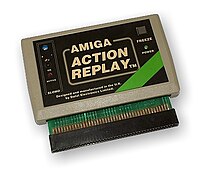
A handheld game console, or simply handheld console, is a small, portable self-contained video game console with a built-in screen, game controls and speakers. Handheld game consoles are smaller than home video game consoles and contain the console, screen, speakers, and controls in one unit, allowing people to carry them and play them at any time or place.
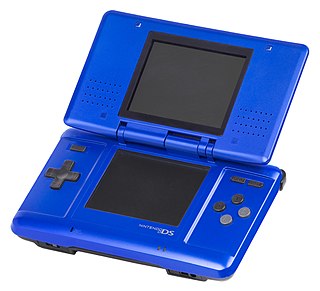
The Nintendo DS is a handheld game console produced by Nintendo, released globally across 2004 and 2005. The DS, an initialism for "Developers' System" or "Dual Screen", introduced distinctive new features to handheld games: two LCD screens working in tandem, a built-in microphone and support for wireless connectivity. Both screens are encompassed within a clamshell design similar to the Game Boy Advance SP. The Nintendo DS also features the ability for multiple DS consoles to directly interact with each other over Wi-Fi within a short range without the need to connect to an existing wireless network. Alternatively, they could interact online using the now-defunct Nintendo Wi-Fi Connection service. Its main competitor was Sony's PlayStation Portable during the seventh generation of video game consoles.
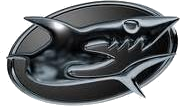
GameShark is the brand name of a line of video game cheat cartridges and other products for a variety of console video game systems and Windows-based computers. Currently, the brand name is owned by Mad Catz, which marketed GameShark products for the Sony PlayStation, Xbox, and Nintendo game consoles. Players load cheat codes from GameShark discs or cartridges onto the console's internal or external memory, so that when the game is loaded, the selected cheats can be applied.

Datel is a UK-based electronics and game console peripherals manufacturer. The company is best known for producing a wide range of hardware and peripherals for home computers in the 1980s, for example replacement keyboards for the ZX Spectrum, the PlusD disk interface and the Action Replay series of video game cheating devices.
Homebrew, when applied to video games, refers to games produced by hobbyists for proprietary video game consoles which are not intended to be user-programmable. The official documentation is often only available to licensed developers, and these systems may use storage formats that make distribution difficult, such as ROM cartridges or encrypted CD-ROMs. Many consoles have hardware restrictions to prevent unauthorized development.

A flash cartridge is one of several cartridges containing flash memory that have been developed for use in video game consoles. These cartridges enable homebrew applications and games to be used. Flash cartridges offer a means of storage for keeping the games until a user decides to run a game, which then it is copied to the cartridge's game ROM for the console to run the game as if it were a normal ROM cartridge. The game storage can be in the form of onboard flash memory on the cartridge, although more recent cartridges use external memory cards as storage in place of onboard memory, such as Compact Flash or Secure Digital memory cards. Recent flash cartridges may also use RAM instead of ROM for flashing games to run on the console as a way to offer faster loading times than what is possible on reprogrammable ROM.
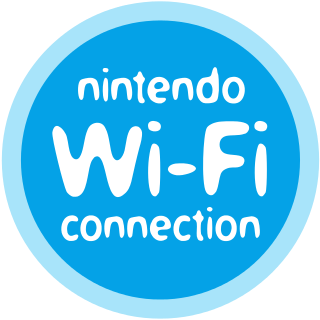
Nintendo Wi-Fi Connection (WFC) is an online multiplayer gaming service run by Nintendo to provide free online play in compatible Nintendo DS and Wii games. The service included the company's Wii Shop Channel and DSi Shop game download services. It also ran features for the Wii and Nintendo DS systems.
Import gamers are a subset of the video game player community that take part in the practice of playing video games from another region, usually from Japan where the majority of games for certain systems originate.
This is a list of video game accessories that have been released for the Game Boy handheld console and its successors. Accessories add functionality that the console would otherwise not have.
GameCube accessories include first-party releases from Nintendo, and third-party devices, since the GameCube's launch in 2001.

The Nintendo DSi is a dual-screen handheld game console released by Nintendo. The console launched in Japan on November 1, 2008, and worldwide beginning in April 2009. It is the third iteration of the Nintendo DS, and its primary market rival was Sony's PlayStation Portable (PSP). The fourth iteration, entitled Nintendo DSi XL, is a larger model that launched in Japan on November 21, 2009, and worldwide beginning in March 2010. Development of the DSi began in late 2006, and the handheld was unveiled during an October 2008 Nintendo conference in Tokyo. Consumer demand convinced Nintendo to produce a slimmer handheld with larger screens than the DS Lite. Consequently, Nintendo removed the Game Boy Advance (GBA) cartridge slot to improve portability without sacrificing durability.

The Nintendo DSi system software is a set of updatable firmware versions, and a software frontend on the Nintendo DSi video game console. Updates, which are downloaded via the system's Internet connection, allow Nintendo to add and remove features and software. All updates also include all changes from previous updates.
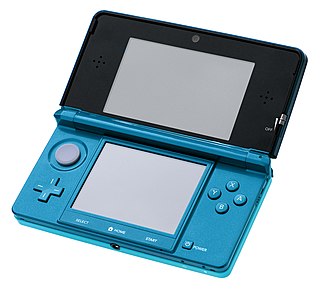
The Nintendo 3DS is a handheld game console produced by Nintendo. The console was announced in March 2010 and unveiled at E3 2010 as the successor to the Nintendo DS. The system features backward compatibility with Nintendo DS video games. As an eighth-generation console, its primary competitor was Sony's PlayStation Vita.
A Nintendo Game Card is a proprietary flash storage-based format used to physically distribute video games for certain Nintendo systems. The game cards resemble both smaller and thinner versions of Hudson's HuCard, the storage medium for the PC-Engine, and the Game Pak ROM cartridges used for previous portable gaming consoles released by Nintendo, such as the Game Boy and Game Boy Advance. The mask ROM chips are manufactured by Macronix and have an access speed of 150 ns.
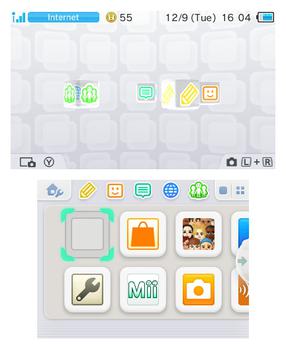
The Nintendo 3DS system software is the updatable operating system used by the Nintendo 3DS handheld system. The Nintendo Switch system software is believed to have evolved from the Nintendo 3DS system software.
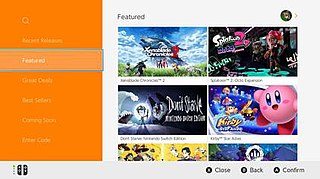
The Nintendo eShop is a digital distribution service for the Nintendo Switch, and formerly available via the Nintendo Network for the Wii U and Nintendo 3DS. The eShop was first launched in June 2011 on the Nintendo 3DS via a system update that added the functionality to the HOME Menu. It is the successor to both the Wii Shop Channel and DSi Shop. Unlike on the Nintendo 3DS, the eShop was made available on the launch date of the Wii U, although a system update is required in order to access it. It is also a multitasking application, which means it is easily accessible even when a game is already running in the background through the system software, though this feature is exclusive to the Wii U and the Nintendo Switch. The Nintendo eShop features downloadable games, demos, applications, streaming videos, consumer rating feedback, and other information on upcoming game releases.
The Nintendo Network is Nintendo's online service which provides online functionality for the Nintendo 3DS and Wii U systems and their compatible games. Announced on January 26, 2012, at an investors' conference, it is Nintendo's second online service after Nintendo Wi-Fi Connection. Former president of Nintendo Satoru Iwata said, "Unlike Nintendo Wi-Fi Connection, which has been focused upon specific functionalities and concepts, we are aiming to establish a platform where various services available through the network for our consumers shall be connected via Nintendo Network service so that the company can make comprehensive proposals to consumers."

The R4 is an unlicensed flash cartridge for the Nintendo DS handheld system. It allows ROMs and homebrew to be booted on the Nintendo DS handheld system from a microSD card. This allows the user to run homebrew applications, to store multiple games and MP3 music files on a single memory card, and to play games that have been backed up by the user.

Mario vs. Donkey Kong is a crossover spin-off video game series of both the Mario and Donkey Kong franchises, based on puzzle platforming, marking the return of Pauline and the rivalry between Mario and Donkey Kong.
